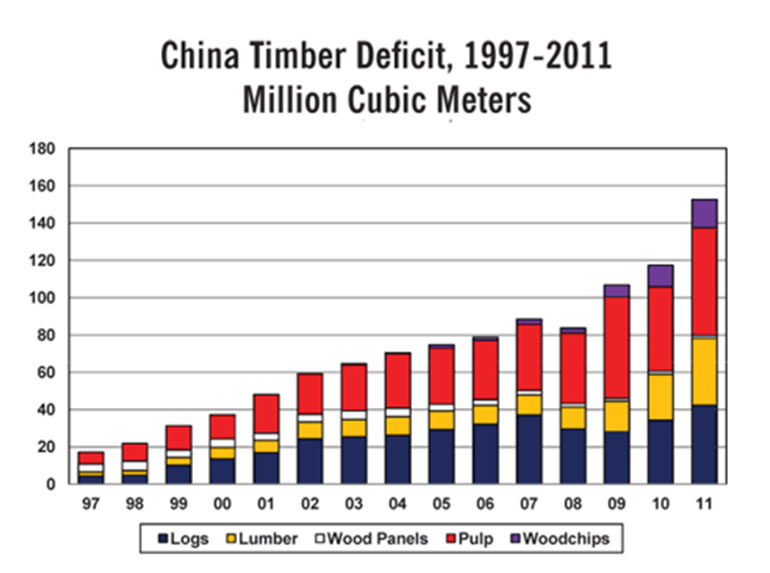Large investors around the world – from pension funds to hedge funds and sovereign wealth funds – are all increasingly focused on
investment in farmland. This article is about one reason individual investors should also consider
agricultural investments.
One of the major reasons for our bullishness on
agriculture investments is the availability of quality farmland. As the graph below from the UN Food and Agriculture Organization (FAO) clearly demonstrates, the amount of arable farmland has already shrunk and will continue to do so.
To take a more specific example of this trend. China currently contains 20pc of the world’s population, but only 7pc of its arable farmland. Unfortunately for the Chinese, China has already been losing arable farmland at an alarming rate. According to this article from the English language China Daily, the amount of arable land available for
farmland investment in China has fallen sharply:
“Acute shortages of reserve farmland and water resources are now the main restraints for the country to ensure its food security, Zhang Ping, minister of the National Development and Reform Commission, said on Thursday while making a report to the top legislature.
“The cultivable land in the country sharply decreased from 130.04 million hectares in 1996 to 121.72 million hectares in 2008 due to rapid urbanization and natural disasters, figures from the National Bureau of Statistics show.
“Also, the current per capita cultivated farmland is about 0.092 hectares, which is only about 40 percent of the global average. Less than 4.7 million hectares in the country can be considered reserve farmland," Zhang told the legislature.
According to a report from agricultural consultancy Colvin and Co., the Chinese government estimates they need to maintain 120 million hectares for crop production until 2020 in order to be self-sufficient in grain production. Bank of America estimates that China’s arable land has already fallen below the 120 million hectare threshold and could decrease to 117 million hectares by 2015. They further note that due to pollution and development new opportunities for
farm land investment by Chinese state-owned
agriculture investment companies is diminishing rapidly.
Already, China is becoming a net importer of food. China will import some 1.7 million tons of corn this year, 5.8 million tons next year and as much as 15 million tons in 2014-2015.
The point here is not to overwhelm the reader with facts and figures about China, but to have investors think about the big picture. With US$3.1 trillion of reserves, when China wants or needs something, it goes out and buys it. Food and farmland investing are no exception. China has already been hungrily eyeing farmland investments in a variety of countries and regions, including Australia, Argentina, Russia, Brazil, Ukraine and more.
How to play the Chinese agricultural trend? The best way to do this is simply to make a
farm land investment directly. Whilst it is true that historically the farmland asset class has been limited to institutional investors only, new opportunities have recently emerged for individuals to make direct
farmland investments as well.
There are now farmland investment options for retail investors with investment minimums starting as low as £1,950 per acre (approximately $3,100) for quality
farmland investment in Africa, making it easily accessible by individuals and a great way to diversify. There are also direct farmland investments for retail investors in Europe and elsewhere. All of these target yearly income payments of between 9-15%, whilst also allowing investors to share in the upside of any capital gains as well.
There are, of course, risks with any investment. However, if individual investors perform the proper and due-diligence and invest in the right structure with the right people and institution, farmland investment can be both safe and profitable and could make a wonderful addition to individuals’ portfolios.










